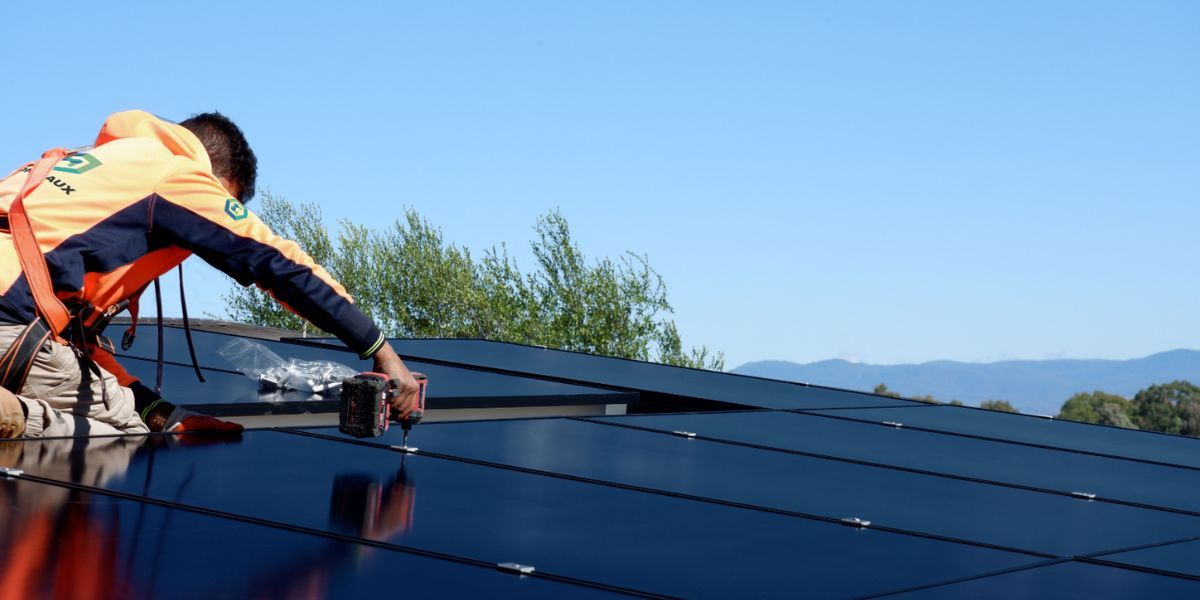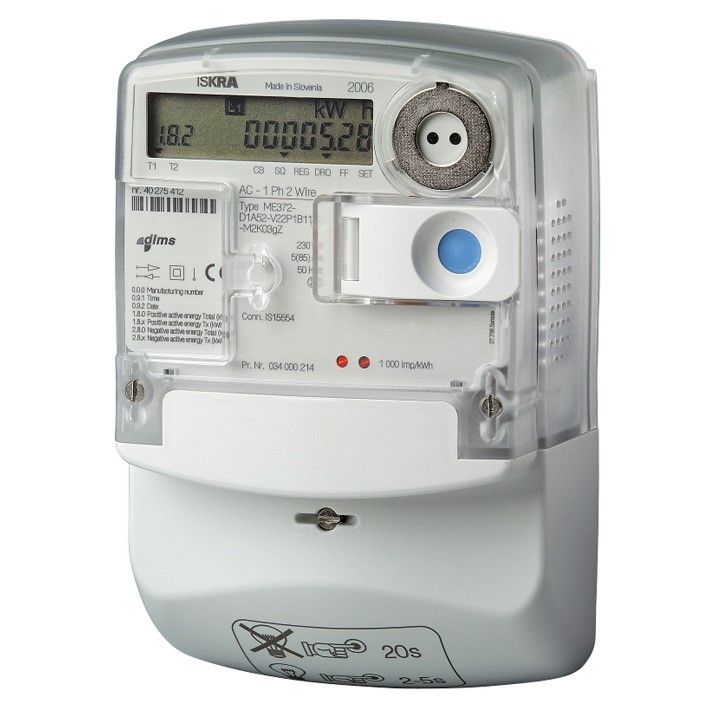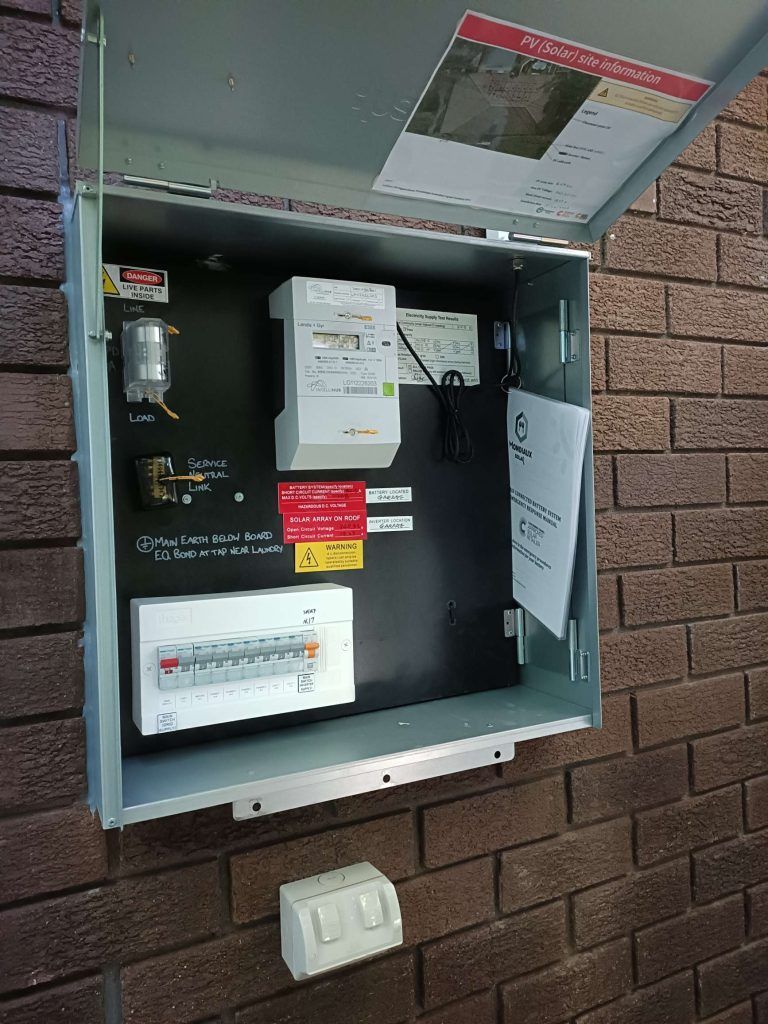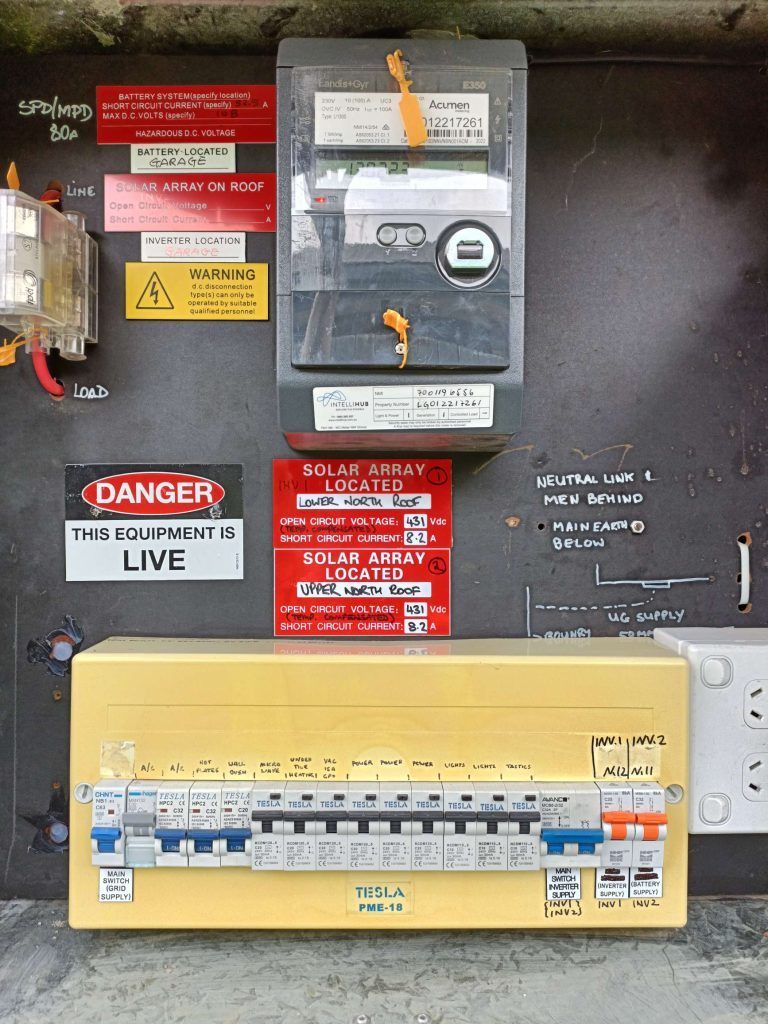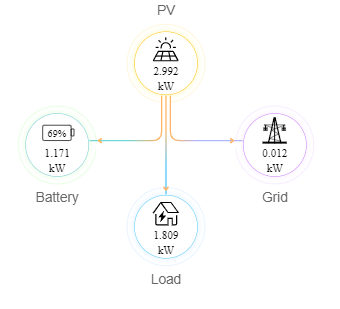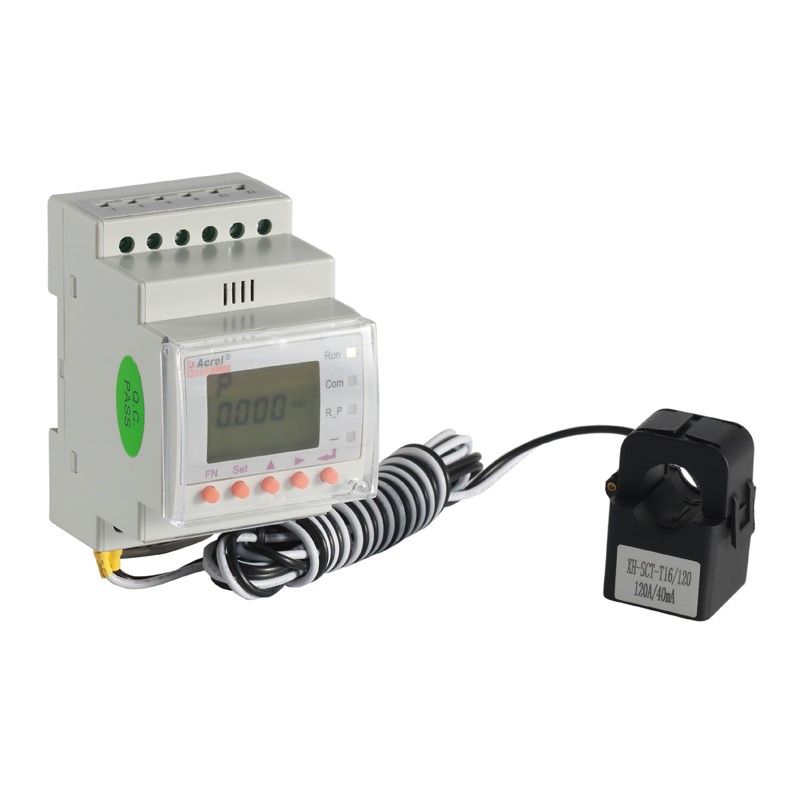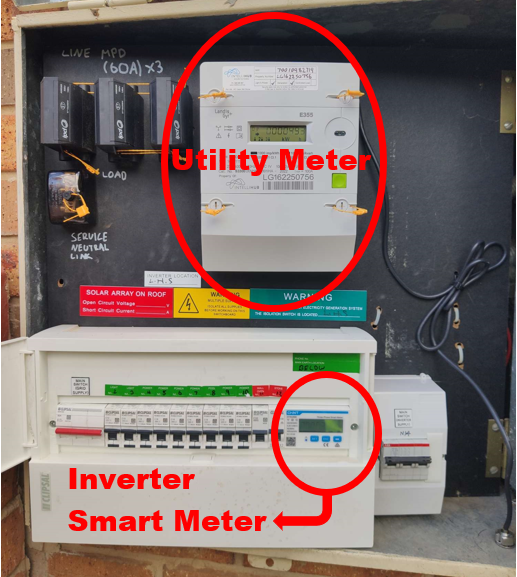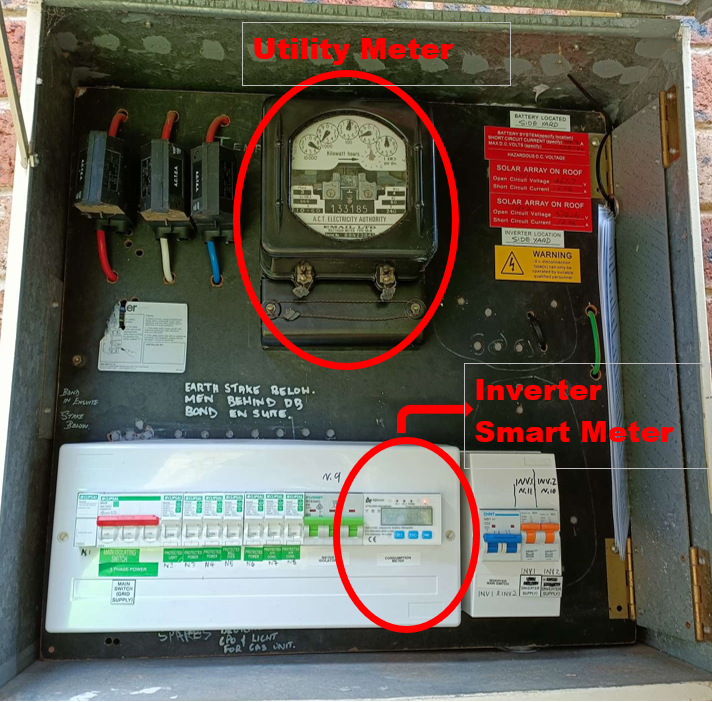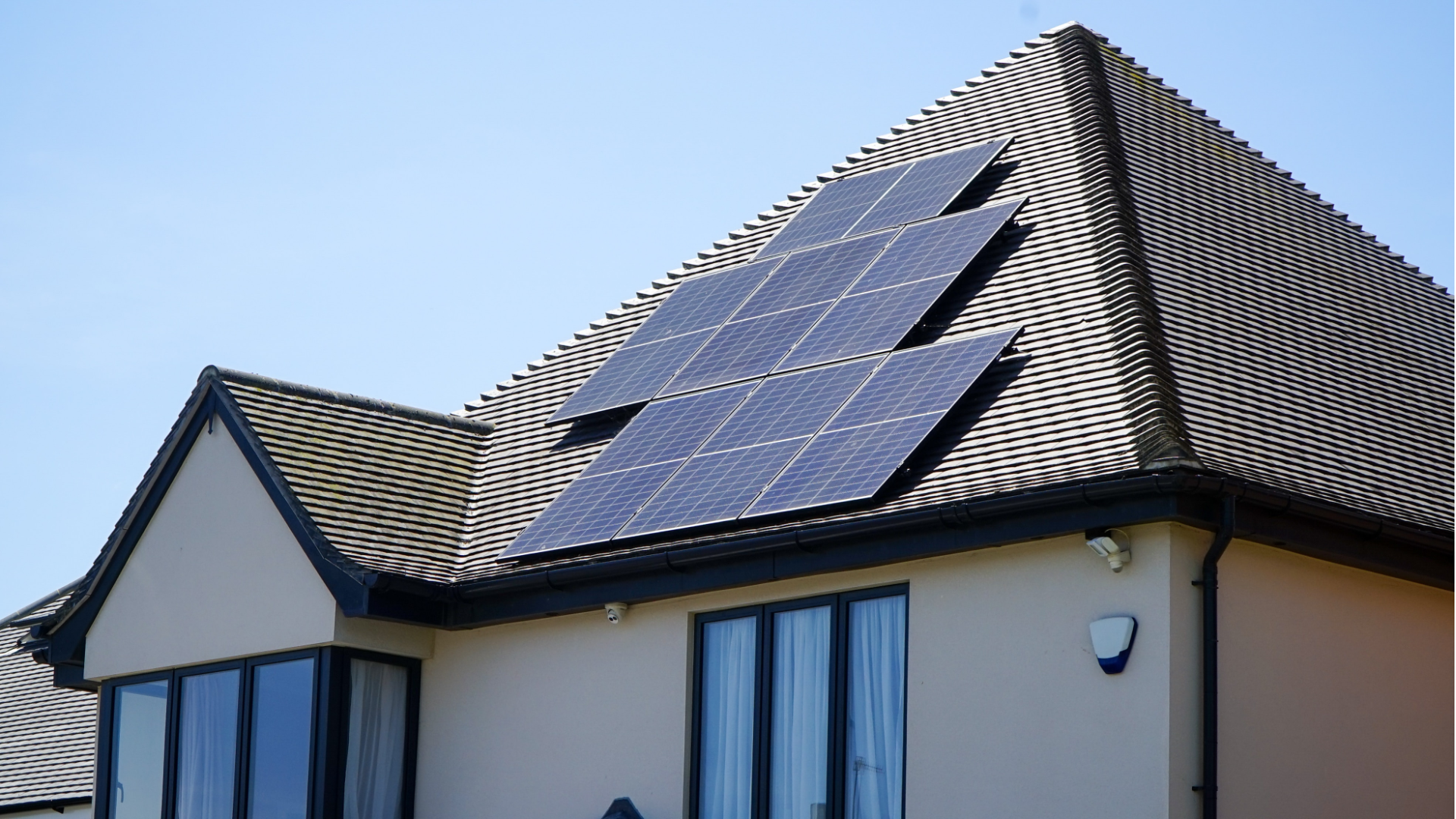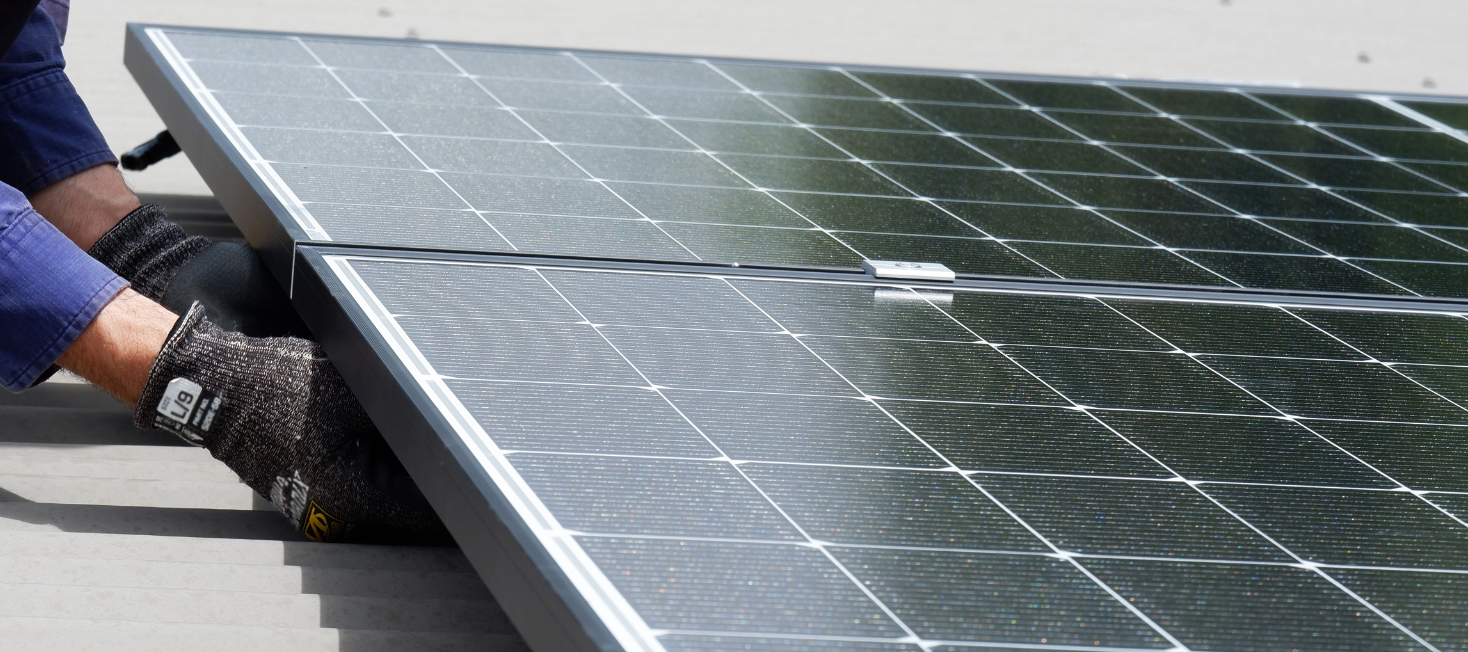Smart Meter – Frequently Asked Questions
Smart meter is a device that gathers data from the electrical cables and records energy flow in and out between the grid and your house. It gives the consumer detailed information about the usage. It also transfers the information to the energy provider for billing purposes.
Different Types of a Smart Meters
Two of the most common types of smart meters are utility smart meters and inverter smart meters. Both types of meters offer advantages but have some distinct differences. The world of smart meters is constantly evolving, and homeowners need to understand the differences between different types.
1) Utility Smart Meters
Utility smart meters are designed to monitor power usage for a home, track usage data over time, and provide real-time data about energy usage to the Utility retail company. Utility smart meters are mandatory for the solar system. Energy provider needs to measure energy exported to the grid. These meters are typically installed by the utility company and are connected to the home’s electricity system.
The solar inverter cannot access any data from this meter. Only the energy retailer can access the data from the utility meter. Hence, we install another smart meter for the solar inverter.
If Inverter smart meter is not installed, the customer cannot view the energy imported and exported from the grid in the monitoring platform (Application / Browser). The only information we could view in the monitoring platform would be the PV production.
The following graphs shows an example of what customers see in different monitoring platform without inverter smart meter.
The following graphs shows an example of what customers see in different monitoring platform with inverter smart meter.
2) Inverter Smart Meter
Inverter smart meters are designed to monitor local consumption and also the excess energy that is fed back or exported to the grid. Inverter smart meters are optional. Depending on the type of system, a customer could choose whether he wants to install this meter. These meters are installed on solar systems and are connected to the home’s solar system. These smart meters can be used to monitor the performance of an inverter, as well as the amount of energy being generated and used. This data can be used to optimize the system for maximum efficiency and help identify any issues that need to be addressed. Smart meters are often combined with other monitoring systems, such as solar monitoring systems, to provide a comprehensive picture of an inverter’s performance. This data can help to identify potential issues and adjust the system to ensure optimal performance. It allows homeowners to get an accurate picture of their solar energy production and make informed decisions about solar efficiency.
Share Post
